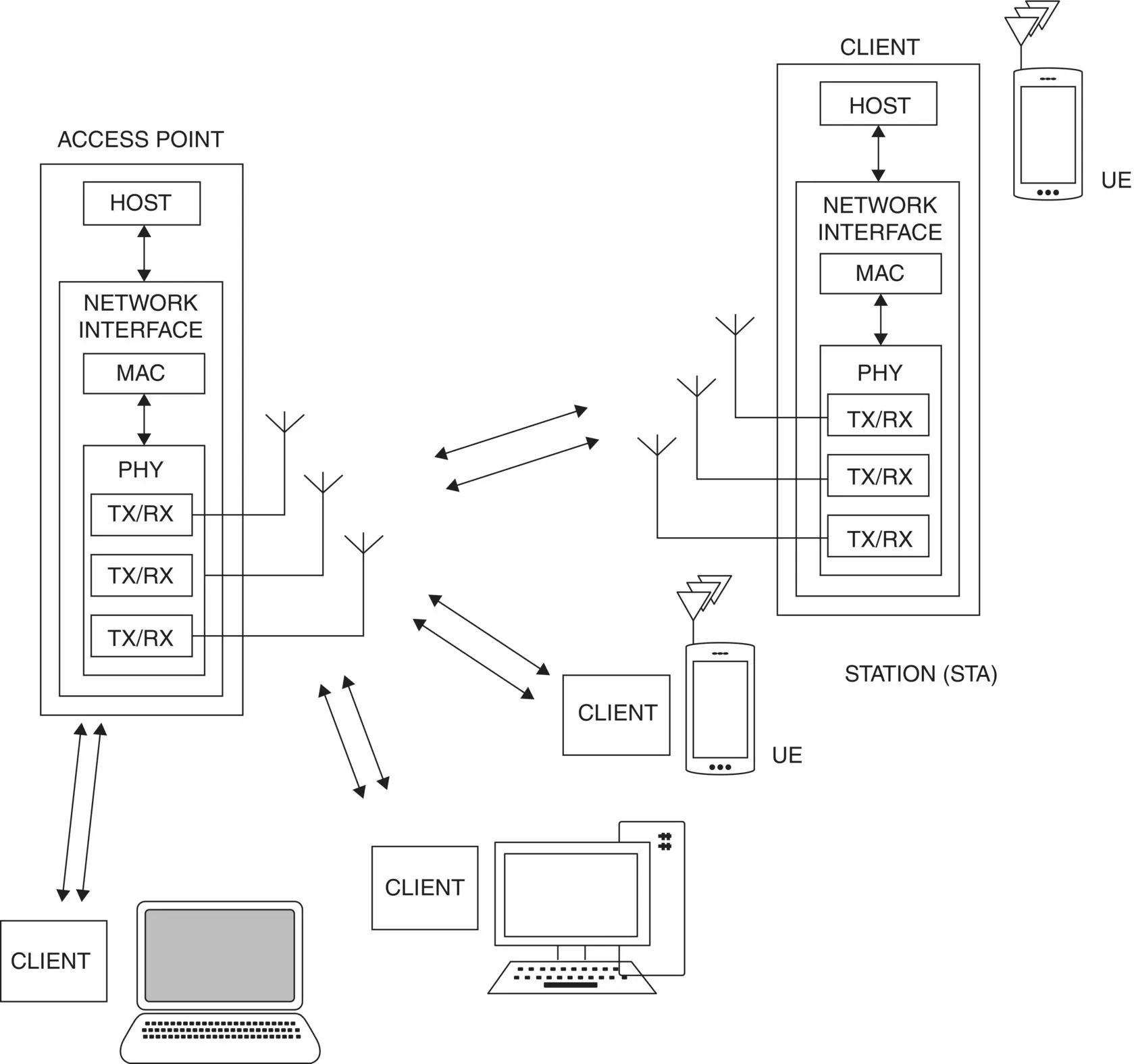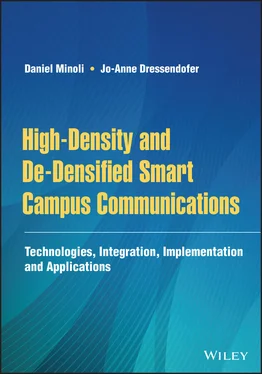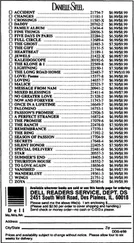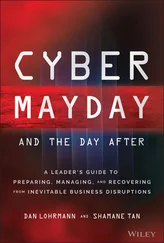40 40. New York Forward. https://forward.ny.gov(accessed 17 August 2020).
41 41. New York State Department of Health. Business Re‐opening Safety Plan Template (accessed 17 August 2020).
42 42. Directory of County Health Departments. https://www.nysacho.org/directory(accessed 17 August 2020).
43 43. NYS Empire State Development Moving New York Forward: Business Reopening. https://esd.ny.gov/nyforward(accessed 17 August 2020).
44 44. NYS Department of Health COVID‐19 Homepage. https://coronavirus.health.ny.gov/home(accessed 17 August 2020).
45 45. NYS Department of Health (2020). Interim Guidance on Executive Order 202.16 Requiring Face Coverings. https://coronavirus.health.ny.gov/system/files/documents/2020/04/doh_covid19_eo20216employeefacecovering_041420.pdf(accessed 17 August 2020).
46 46. NYS Department of Labor. https://dol.ny.gov(accessed 17 August 2020).
47 47. Anderson, M. Taller cubicles, one‐way aisles: Office workers must adjust. AP, 16 August 2020. https://apnews.com/0ceae050cb6b01bd71601515b0fd0d81(accessed 17 August 2020).
48 48. Amir, I. (2016). System and method of enhanced RTLS for improved performance in wireless networks. US Patent 9,298,958; 29 March 2016; Filed 2 May 2013.
49 49. ISO/IEC 24730:2014 Information technology — real‐time locating systems (RTLS), Second edition 2014‐02‐15, specifically ISO/IEC 24730‐1:2014(E).
50 50. Staff, Clarinox Technologies. (November 2009). Real time location systems. https://www.clarinox.com/docs/whitepapers/RealTime_main.pdf(accessed 17 August 2020).
51 51. Worsfold, G.R. and Girdler, G. (2019). System and method for locating a mobile device. US Patent 10,390,326, 20 August 2019, Filed 5 November 2018.
1 1The composition of this book started in February 2020. While “social distancing” was a short‐term goal at that juncture, the business and public venue high‐density requirements will resurge and/or continue over time.
2 2Some (more properly) use or prefer the term “spatial distancing.”
3 3Classic WaveLAN (a pre‐802.11 protocol) operated in the 900 MHz or 2.4 GHz ISM bands – pursuant to the publication of the IEEE 802.11 standard in 1997 WaveLAN IEEE, supporting the standard was introduced to the market. In WaveLAN, the radio modem section was hidden from the OS, making the WaveLAN card appear to be a typical Ethernet NIC. WaveLAN laid important foundation for the formation of IEEE 802.11 working group and the resultant creation of Wi‐Fi. Wikipedia, WaveLAN, retrieved 27 January 27 2020.
4 4Some define the term as “Real‐time locating system” while a few others define the term as “Real‐time Location Service” or as “Real‐Time Location Solution.” An exact Google search on the terms depicts the following “Real‐time Location System”: 407 000 results; “Real‐time Locating System”: 63 100 results; “Real‐time Locating Service”: 1360 results; “Real‐time Locating Solution”: 2260 results.
2 Traditional WLAN Technologies
High‐Density Communication (HDC) technologies include the extension of traditional technologies (e.g. Multi‐User Multiple‐Input[s] And Multiple‐Output[s] [MU‐MIMO] approaches, also sometimes known as Massive MIMO), as well as new or evolving technologies. 1 In this basic overview chapter, some of the underlying technologies and principles that are applicable to HDC in local environments are surveyed, 2 but the discussion is not focused per se on the high‐density specifics, which are covered in the chapters that follow.
The Electrical and Electronics Engineers (IEEE) developed Wireless LAN (WLAN) standards starting in the late 1990s; IEEE 802.11b was ratified in July 1999. The 802.11b Wi‐Fi standard had a maximum link speed of 11 Mbps; the 2003 802.11a/g revision increased the speed to 54 Mbps with the introduction of Orthogonal Frequency Division Multiplexing (OFDM) technology. The 2009 802.11n allowed a single stream link to operate up to 150 Mbps. The 2013 802.11ac revision of the standard offered the possibility of link speeds around 866 Mbps on a single spatial stream with wider channels (on 160 MHz) and higher modulation orders (256‐QAM) (433 Mbps on smaller channels). While using the maximum number of spatial streams allowed in the standard, this system could support a speed of 6.97 Gbps (these maximum speeds are only achievable in the controlled Radio Frequency [RF] lab environments 3 ). 802.11ax, also called High‐Efficiency Wireless (HEW), aims at improving the average throughput per user fourfold in dense user environments; additionally, this standard implements multiple mechanisms to support more users with consistent and reliable data throughput in crowded spectrum environments.
802.11‐based WLANs include an infrastructure Basic Service Set (BSS). The BSS provides the basic building‐block of the environment and typically includes an Access Point (AP) and one or more associated stations (STAs) – also known as Wireless Nodes (WNs) (or also known as User Equipment [UE] in some other contexts). The AP is a station configured to control and coordinate functions of the BSS. Obviously, a physical environment can include a large number of BSSs. The stations can transmit data to the AP, and in some environments, they can also transmit information to and receive information from another station. A station such as a personal computer or cellular phone may operate as an AP, such as when a cellular phone is configured to operate as a wireless hotspot. The AP can transmit information to a single station, selected from the plurality of stations in the BSS using a single frame, or it can simultaneously transmit information to two or more stations in the BSS using either a single OFDM broadcast frame, a single OFDM MU‐MIMO transmission frame, or a single Orthogonal Frequency Division Multiple Access (OFDMA) frame [2]. An AP is a particular type of station; however, for clarity, the term STA is generally used to refer to non‐AP stations.
A WLAN device incorporates a Medium Access Control (MAC) and a Physical Layer (PHY) protocol stack at the lower layers and a set of Internet protocols (e.g. as promulgated by the Internet Engineering Task Force [IETF]) at the upper layers. See Figure 2.1. An AP may include a WLAN router function, or it can be a stand‐alone AP, a WLAN bridge, or a Light‐Weight Access Point managed by a WLAN controller. See Table 2.1for some preliminary system details. In addition to the infrastructure mode, relatively new “ad hoc” modes (including a form known as Direct Wi‐Fi) have emerged.

FIGURE 2.1 Example of a WLAN (MIMO case).
TABLE 2.1 Comparison of key features of WLANs/WPANs [3]
|
Wi‐Fi |
ZigBee |
Bluetooth |
| Type |
WLAN |
WPAN |
WPAN |
| Frequency band |
2.4 GHz 5 GHz Evolving 6 GHz proposals |
2.4 GHz |
2.4 GHz |
| PHY/MAC |
Direct Sequence Spread Spectrum (DSSS) Multiple In Multiple Out (MIMO) IEEE 802.11n IEEE 802.11ac IEEE 802.11ax |
Direct Sequence Spread Spectrum (DSSS) IEEE 802.15.4 |
Frequency Hopping Spread Spectrum (FHSS) IEEE 802.15.1Classical BluetoothBluetooth Low Energy (LE)Bluetooth BasicRate/Enhanced Data Rate(BR/EDR)Bluetooth MeshBluetooth 5.1 |
| Upper layers |
TCP/IP stack Possibly UPnP with TCP/IP, SSDP, SOAP |
ZigBee IP/PRO and various application profiles |
TCP/IP stack and/or 6LoWPAN CoAP |
| Range |
100 m |
30 m |
10 m |
| Data rate |
High, depends on standard |
250 kbps |
Depends on version, 1–2 Mbps |
| Number of nodes in network |
32/AP |
High (64000) |
Low (7) |
| Transceiver costs |
Medium (but depends on Wi‐Fi generation) |
Very low |
Low |
Читать дальше













